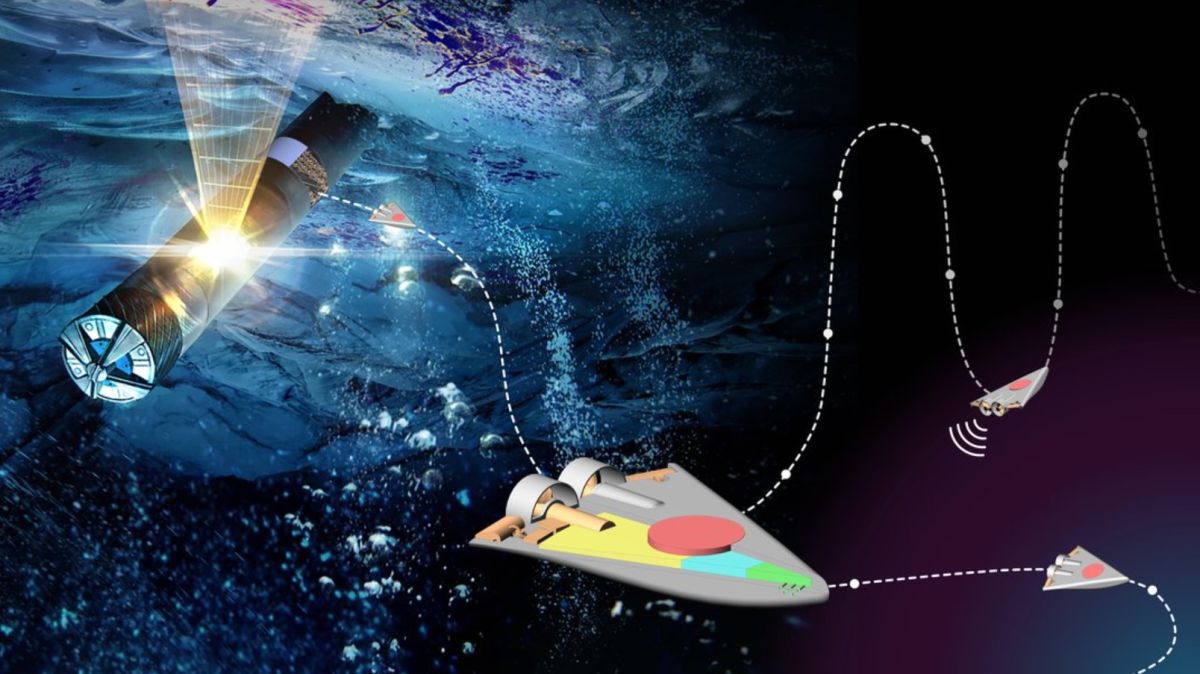NASA has awarded the JSC Engineering, Technology, and Science (JETS) II contract to Jacobs Technology Inc. of Tullahoma, Tennessee, to provide engineering and scientific products, technical services and related services for the agency’s Johnson Space Center in Houston, other NASA centers and government agencies.
Read MoreMonth: June 2022
Florida Students to Hear from NASA Astronauts Aboard Space Station
Florida students will have an opportunity soon to hear from NASA astronauts aboard the International Space Station.
Read MoreCitizen Scientists Detect Dusty Disks
Disk Detective, a citizen science project dedicated identifying planet-forming disks around young stars, reports their latest results. The post Citizen Scientists Detect Dusty Disks appeared first on Sky & Telescope.
Read MoreFourth of July Holidays in Space
Sixty years ago, to welcome NASA’s Manned Spacecraft Center (MSC), now Johnson Space Center (JSC), the city of Houston threw a Texas-size Fourth of July celebration. The seven Mercury astronauts featured prominently in that Independence Day celebration in July 1962. Astronauts didn’t…
Read MoreIndia launches 3 satellites and an experimental orbiting platform
An Indian rocket launched three satellites and an experimental orbiting platform on Thursday morning (June 30) in what has been its 55th launch. The four-stage, 145.7-foot-tall (44.4 meters) Polar Satellite Launch Vehicle (PSLV) lifted off from Satish Dhawan Space Centre in southeastern India on Thursday at 8:33 a.m. EDT (1233 GMT; 6:03 p.m. local time) into the clear blue sky in what was described as “a marvelous liftoff” by the mission commentator. The rocket’s stages separated faultlessly as planned with payload separation commencing at 8:53 a.m. EDT (1253 GMT). “PSLV C…
Read MoreNASA Langley Welcomes Virginia Teachers as Part of 2022 MODSIM Program
Nearly a dozen middle- and high-school math educators from across Virginia spent June 23 at Langley – a culminating experience after a year of virtual online work in these areas using online sessions in Microsoft TEAMS, digital badges and other webinars.
Read MoreSwarms of tiny robots may one day explore oceans on other worlds
NASA’s Jet Propulsion Laboratory has awarded $600,000 of additional funding towards a concept that would see swarms of diminutive swimming robots sent to explore oceans on moons or planets throughout the solar system. Such a system of distributed tiny robots could extend the reach of a mission sent to study oceans beneath the icy surfaces of some of our solar system’s moons such as Saturn’s Enceladus or Jupiter’s Europa. The concept, called “Sensing With Independent Micro-Swimmers,” or SWIM, is the brainchild of Ethan Schaler, a robotics mechanical engineer at NASA’s…
Read MoreMoveShootMove Star Tracker review
Every astrophotographer knows the 500 rule. It’s a way of working out how long any exposure can last, at any given focal length, before the rotation of the planet you’re on gives itself away and the stars start to smear across the sky. In simple terms, you take your focal length in millimeters, divide it by 500, and that’s the longest theoretical exposure time the stars will stay sharp. So a 50mm lens gives you a very short maximum exposure time of 10 seconds. A 25mm lens doubles that, to…
Read MoreOMG: The Beauty of Ice
Most of Greenland’s glaciers that empty into the ocean are at greater risk of rapid ice loss than previously understood.
Read MoreNASA Shares Climate, Earth Science Resources at Folklife Festival
Members of the public are invited to explore the many ways space science helps families, communities, and our nation better understand our home planet and become more climate resilient through hands-on and virtual activities during NASA Day at the Smithsonian Folklife Festival Saturday, July 2, on the National Mall in Washington.
Read More